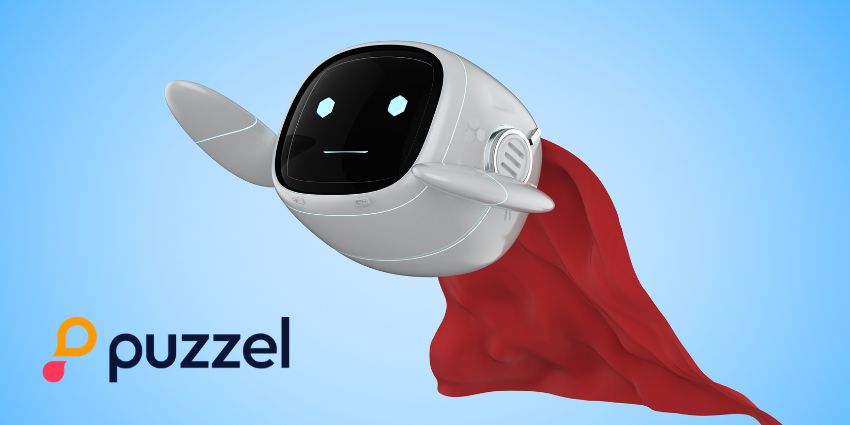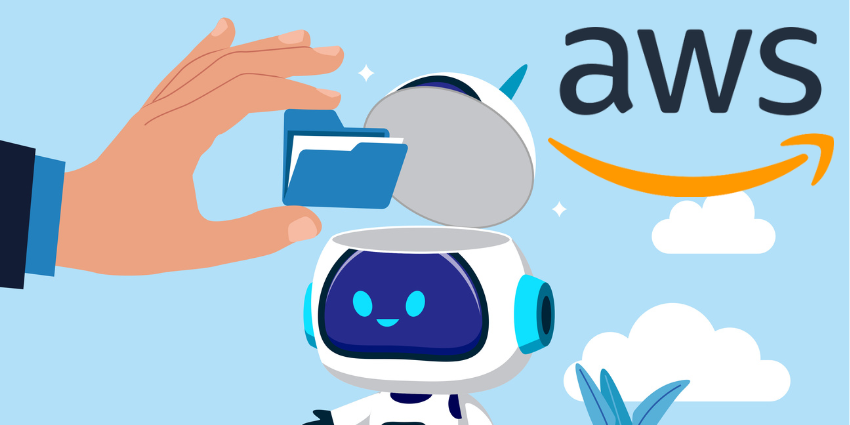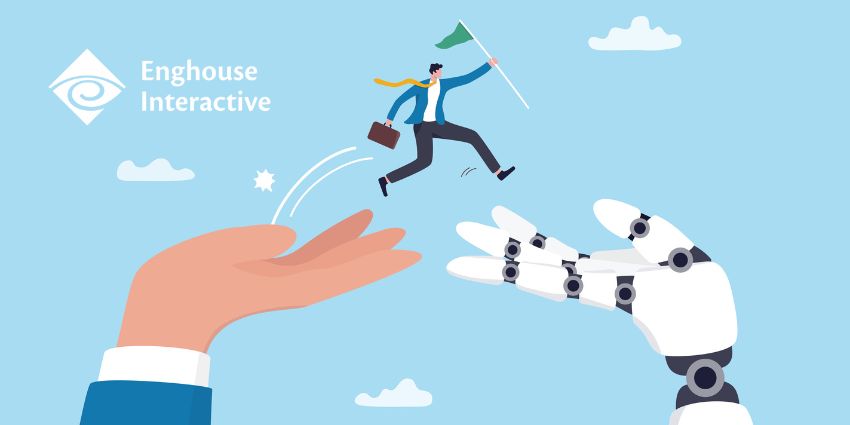Customer expectations are evolving faster than most enterprises can keep pace with.
For years, the contact center playbook focused on adding more channels, assuming that more touchpoints automatically improved experiences.
Yet, despite investments, many organizations found themselves facing fragmented journeys, silos, and duplicated efforts.
Enter CCaaS 3.0, the latest evolution in cloud contact center technology.
Unlike its predecessors, this iteration isn’t about piling on channels; it’s about creating connected, contextual interactions that can be resolved in real time.
In a discussion with CX Today, Zac Scalzi, Director of Sales at Cobrowse, summed the concept up nicely:
“A new model has emerged. CCaaS 3.0 is defined by AI assistance and rich contextual data, both for human and virtual agent-led interactions, which finally closes the gap between digital complexity and customer clarity.”
“Together, they form the new customer standard: real-time guidance, context-rich engagement, and seamless resolution.”
The Evolution of CCaaS
Like any major technology or platform that persevered, CCaaS has already undergone a few iterations.
However, while tech staples like the iPhone seem to have a new version every other month, the evolution of CCaaS has been more considered.
In its original format, CCaaS 1.0 was essentially responsible for moving voice and multichannel support into the cloud.
CCaaS 2.0, on the other hand, stitched together chat, email, and social channels. Yet, despite the improvements, it still relied heavily on integrations and often left customers repeating themselves.
CCaaS 3.0 is a different animal. The latest iteration is CRM-first, AI-enhanced, and designed to integrate powerful contextual tools like native cobrowsing as a core component.
This evolution reflects a broader shift: from simply offering more channels to creating an environment where every interaction is seamless, visible, and capable of resolution in the moment.
As one of the pioneers of CCaaS 3.0, Google Cloud Contact Center defines the latest version of the technology with the following four pillars:
- Omnichannel & Embedded Experience: Customers can move fluidly between voice, chat, email, and digital channels without losing context, while embedded experiences keep interactions within the apps and portals they already use.
- AI Automation & Continuous Optimization: AI-powered routing, self-service, and predictive engagement ensure issues are handled quickly, while analytics and conversational insights surface trends, sentiment, and opportunities for ongoing improvement.
- Agent Empowerment & Assist: Human agents gain real-time insights, contextual guidance, and suggested actions, allowing them to focus on resolution instead of gathering basic details.
- Rich Contextual Evidence: AI outcomes depend on the quality and breadth of data. By combining structured knowledge from support systems, real-time account information, and AI cobrowsing, the critical layer of visual context is added. This missing piece enables agentic AI systems to guide customers with confidence and deliver successful outcomes at scale.
Google’s blending of AI intelligence and visual context sets a new enterprise benchmark.
Why Omnichannel Alone Isn’t Enough
Although omnichannel systems have their merits and are a popular choice for many in the customer service and experience space, Scalzi argues that they are no longer enough to navigate today’s digital complexity.
In modern society, customers now face multi-step loan applications with identity verification, e-commerce checkouts juggling payments and promo codes, telecom and utility apps handling complex account issues, and insurance claims requiring documents and cross-references.
Scalzi explains how these processes can sometimes overwhelm people:
“Customers often get stuck partway through, not because they lack motivation, but because digital portals have grown intricate, layered, and sometimes overwhelming.”
Cobrowsing addresses this problem.
By allowing agents to step directly into a customer’s digital space, enterprises move support from reactive troubleshooting to proactive enablement.
In doing so, this helps users complete tasks in real time rather than just receiving verbal guidance.
The AI + Cobrowsing Advantage
Another advantage of CCaaS 3.0 is its ability to combine intelligence with visibility.
Google AI is key to delivering this. The solution powers self-service, predictive routing, automated summaries, and agent assistance.
When customers are stuck navigating your websites and apps, cobrowsing brings visual context into the interaction seamlessly.
“Without insight into what is actually happening inside digital portals, both human and virtual agents are left guessing.
“Cobrowse is a tool that provides rich context in real time to both human and virtual agents, and we’ve seen tremendous results. ” Scalzi explains.
CCaaS 3.0 fixes this gap, making context inseparable from every interaction.
The benefits extend beyond quicker resolution; guided experiences also support customer education and digital adoption, giving users the confidence to navigate complex channels independently.
Real Benefits for Enterprises
Outside of some of the more general features and benefits of CCaaS 3.0, the solution also delivers the following measurable outcomes:
- Digital Adoption: Guided interactions double as teaching moments, helping customers master previously confusing features.
- User Empowerment: Customers grow self-sufficient, reducing repeat support requests.
- Agent Efficiency: Agents resolve cases faster with deeper context and understanding.
- Operational Gains: Shorter handle times, fewer escalations, and less training overhead.
- Compliance: Sensitive information is masked or redacted in real time, meeting enterprise and regulatory standards.
Scalzi emphasizes the wider impact, stating:
“Google AI and native cobrowsing shift the contact center away from being a reactive cost center; instead, they establish it as a proactive engine driving customer loyalty and digital adoption.”
Redefining the Contact Center
In short, CCaaS 3.0 reimagines the contact center.
It is no longer just a call-answering hub; it has become the digital front door of customer relationships, where trust is built, journeys are supported, and brand experiences are defined.
The combination of AI and rich context from tools like cobrowsing, enables enterprises to move from reactive problem-solving to proactive engagement, setting a new standard where customers feel supported and confident every time they interact digitally.
In today’s fast-moving digital landscape, the message is clear: those who combine intelligence, context, and real-time guidance will set the benchmark for customer engagement.
CCaaS 3.0 isn’t just another contact center upgrade; it’s the blueprint for the future of customer experience.
You can find out more about Cobrowse’s CCaaS 3.0 philosophy and relationship with Google by visiting the website today.







